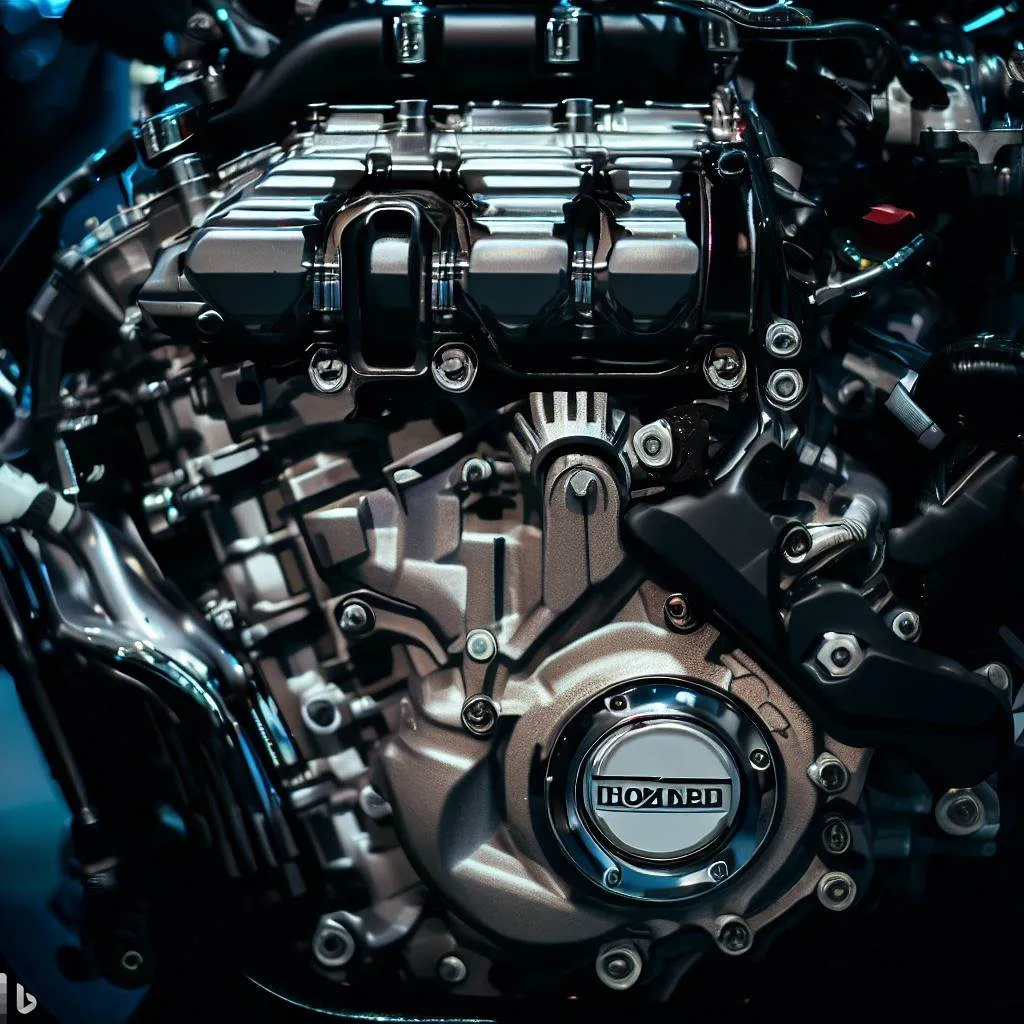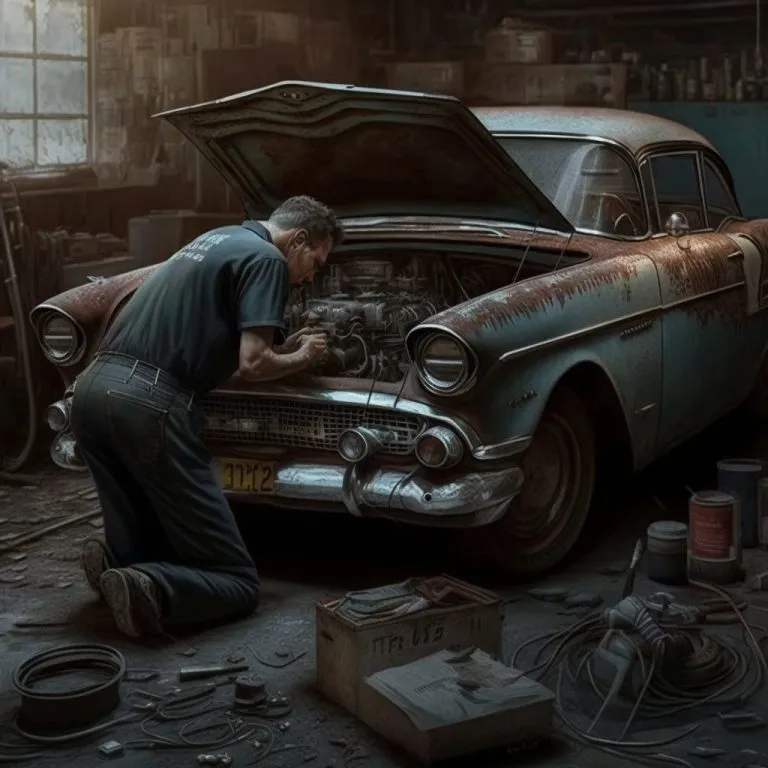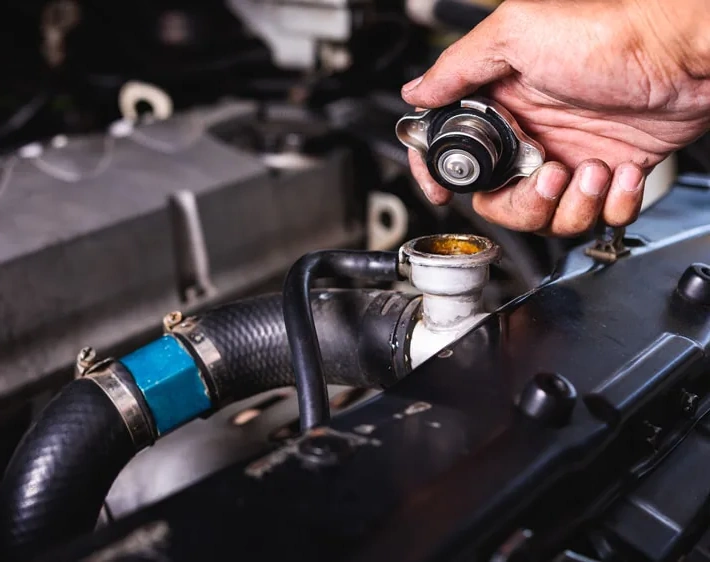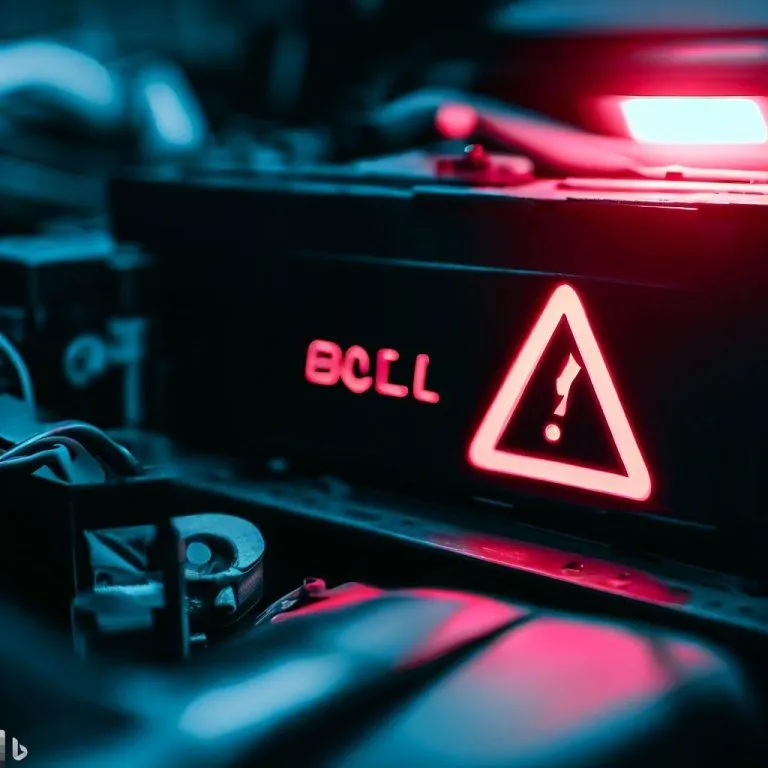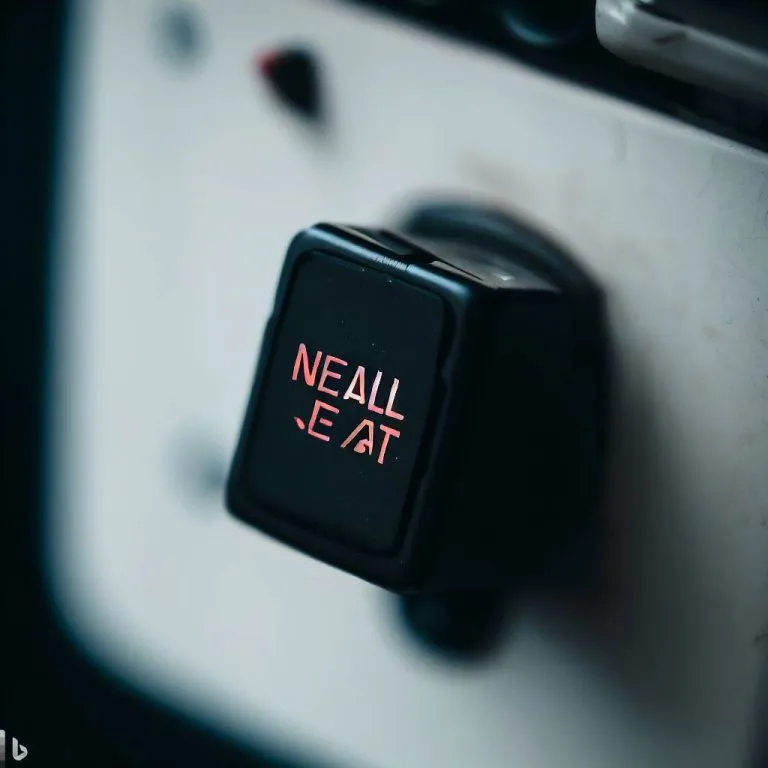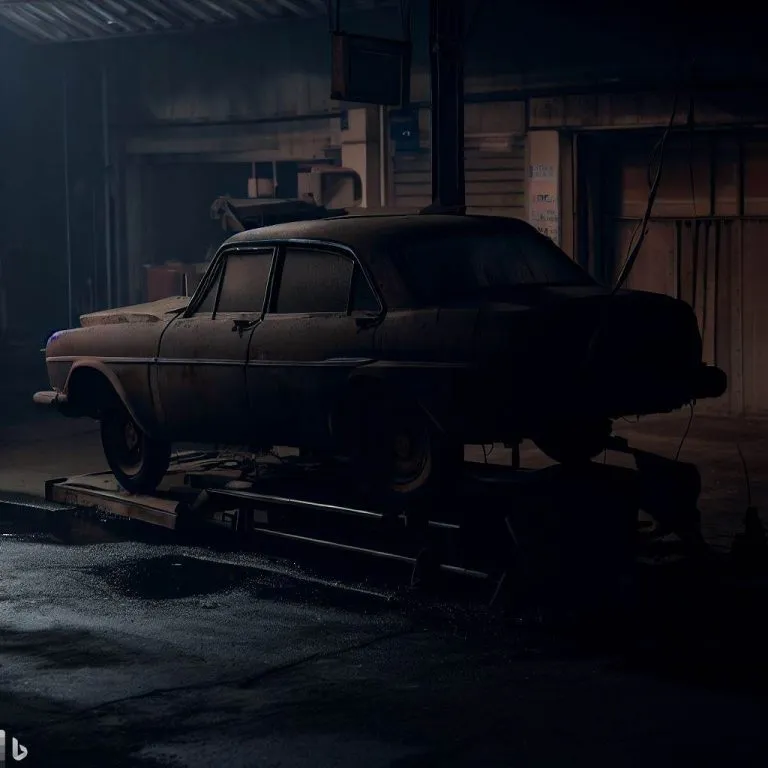Honda D16Y7 Engine: Specs, performance, Mods, and Problems.
D16Y7 Engine!

The Honda D16Y7 engine is a 1.6-liter, 4-cylinder unit that was first used in the Honda Civic in 1996. It is an engine from the D-series family and is renowned for being dependable and economical with fuel.
Honda’s VTEC-E technology, which enables variable valve timing and lift management, is installed in the single overhead camshaft (SOHC) D16Y7 engine. 106 hp and 103 lb.-ft of torque are generated by the engine. Although the D16Y7 engine is well-liked by individuals who want to modify their Honda Civic, it has issues.
Oil leaks, head gasket failure, and timing belt failure are the most frequent problems with the D16Y7 engine. The D16Y7 engine may, however, deliver dependable performance for many years with adequate upkeep and care.
Honda D16Y7 Engine walkthrough
The 1.6-liter, four-cylinder Honda D16Y7 single overhead cam (SOHC) engine was produced from 1996 to 2000.
The engine code refers to the D16Y7 engine coupled to an S40 single-cam transmission. Both the VIN tag and the clutch slave cylinder, which is attached to the clutch fork and initiates the clutch to disengage, are present. This makes it possible for the driver to change gears.
When the clutch pedal is pushed, the clutch master cylinder, which is attached to the pedal, forces the fork out to engage the throw-out bearing.
The engine components include the valve cover, intake manifold, and injectors. The throttle body has multiple sensors hooked up to it, and the idle air control valve disperses coolant through the unit and back into the head.
The throttle position sensor tells the computer how much throttle is given when the pedal is depressed, and if it is not calibrated correctly, the car will not react when it should.
It also includes the shift linkage, shift knob, and shifter bushings as well as the breather box, oil filter, and oil pressure sensor, which indicates if there is something wrong with the oil system. You should also know that some engines have a knock sensor, but the D16Y7 engine does not.
The front of the engine includes the power steering bracket and the oil dipstick. Also, the timing covers, tensioner, and crank pulley, connect all the components, including the AC, alternator, and power steering.
The engine coolant temperature sensor notifies the thermostat when to open and close, and the distributor distributes the spark in a specified order to each of the cylinders.
Additionally, it includes the starter, the reverse sensor for the five-speed gearbox, and the speed sensor, which notifies the ECU of the gear the vehicle is in.
Honda D16Y7 Engine Specs
| Specification | Value |
| Engine Type | Inline 4-cylinder |
| Displacement | 1.6 liters (1590 cc) |
| Bore and Stroke | 75 mm x 90 mm |
| Compression Ratio | 9.4:1 |
| Horsepower | 106 hp @ 6200 rpm |
| Torque | 103 lb-ft @ 4600 rpm |
| Valvetrain | SOHC, 16 valves |
| Fuel System | Multi-point fuel injection |
| Ignition System | Electronic |
| Transmission | 5-speed manual |
| VIN Tag | Green tag |
| Clutch | Hydraulic |
| Headers | OEM metal gasket |
| Intake Manifold | OEM |
| Fuel Injectors | Four |
| Throttle Body | OEM |
| Idle Air Control Valve | OEM |
| Throttle Position Sensor | OEM |
| Shift Linkage | OEM |
| Breather Box | OEM |
| Oil Filter | OEM |
| Oil Pressure Sensor | OEM |
| Knock Sensor | Not present |
| Power Steering Pump | Optional |
| Oil Dipstick | OEM |
| Timing Covers | OEM |
| Tensioner | OEM |
| Crank Pulley | OEM |
| Engine Mounts | OEM |
| Spark Plug Wires | OEM |
| Distributor | OEM |
| ECT Sensor | OEM |
| Coolant Sensor | OEM |
| Reverse Sensor | OEM |
| Starter | OEM |
| Axle Seal | OEM |
| Differential | Non-LSD |
| Speed Sensor | OEM |
Honda D16Y17 mods and upgrades
The Honda D16Y7 and D16Y8 are both part of the D16 engine family. The D16Y7 is a non-VTEC engine used in the 1996-2000 Honda Civic DX, while the D16Y8 is a VTEC engine used in the 1996-2000 Honda Civic EX.
The D16Y7 is rated at 106 horsepower and 103 lb-ft of torque, while the D16Y8 is rated at 127 horsepower and 107 lb-ft of torque.
There are several modifications and upgrades you might think about if you have a D16Y7 or D16Y8 engine and wish to upgrade it. A camshaft upgrade, which may dramatically boost power, is one of the most common modifications. An induction kit is another well-liked modification that enables more air into the engine and can boost performance.
It’s crucial to remember that the factory air box and filter, if you haven’t made any other modifications, may flow more than enough air for the D16 engine.
For the D16Y7 and D16Y8 engines, you may also want to think about adding forced induction, a performance exhaust system, or an ECU remap.
While it is possible to make significant power gains with these modifications, it may be more cost-effective to consider switching to a D16 or D17 block or perhaps one of the B series engines because the D16 engine was initially created for economy.
Common Problems with Honda D16Y7 Engines
1. Head Gasket Failure
Honda D16Y7 engine head gasket failure is a regular problem. White smoke from the exhaust, overheating, and an appealing engine odor are signs of a blown head gasket. This problem can happen because of few things, including overheating, poor installation, and ageing.
2. Oil Consumption
I have heard from many people that their engine is consuming more oil than it used to. This can be one of the common issues with Honda D16Y7 engines as well. Wearing piston rings, damaged valve seals, or other internal engine components could be the cause of this. Signs of excessive oil use include low oil pressure, oil leaks, and blue exhaust smoke.
3. Timing Belt Failure
The timing belt is an important component of the Honda D16Y7 engine, and failure can result in serious engine damage. Symptoms of a failing timing belt include engine misfires, rough idling, and difficulty starting. It is important to replace the timing belt at manufacturer-recommended intervals to avoid this issue.
4. Ignition System Problems
The ignition system in the Honda D16Y7 engine can also be a source of problems. Symptoms of ignition system issues include misfires, poor performance, and difficulty starting. Common causes of ignition system problems include faulty spark plugs, ignition coils, and distributor caps.
5. Coolant Leaks
Another frequent problem with Honda D16Y7 engines is coolant leakage. Low coolant levels, overheating, and an appealing engine odor are signs of a coolant leak. A broken radiator, water pump, or hoses are typical reasons for coolant leaks.
Honda enthusiasts frequently choose to modify the Honda D16Y7 engine since it is dependable and fuel-efficient. The engine’s single overhead camshaft delivers a lot of power for your car.
The engine may have some problems, but they won’t cost much to fix. They can be quickly fixed by a local expert mechanic.
A camshaft upgrade, induction kit, performance exhaust system, remap of the engine’s ECU, and forced induction are just a few of the tweaks and improvements that are available for the D16Y7 engine.
If your engine fails completely, you can purchase a new one online on ebay..

